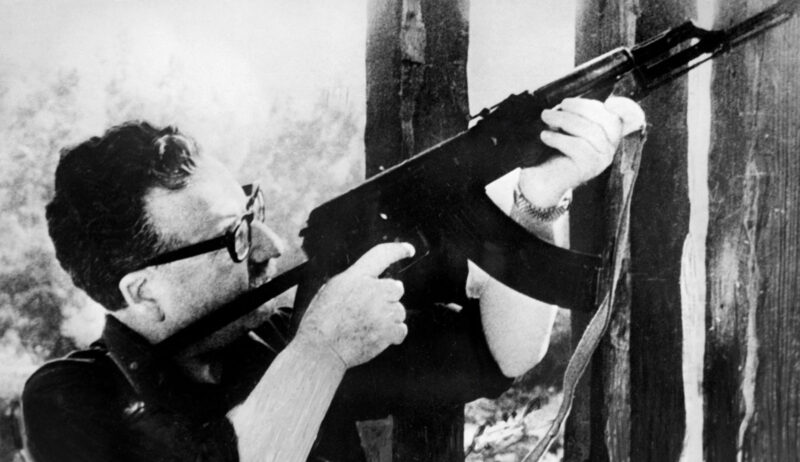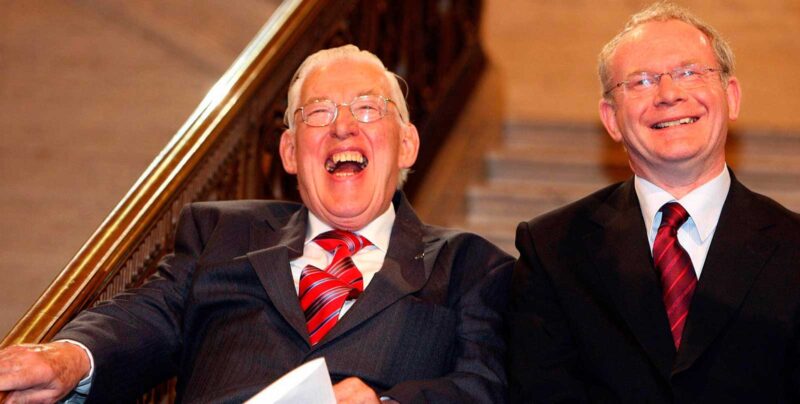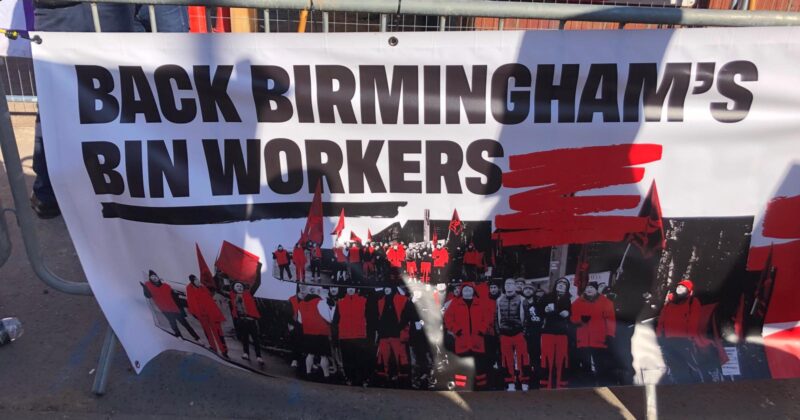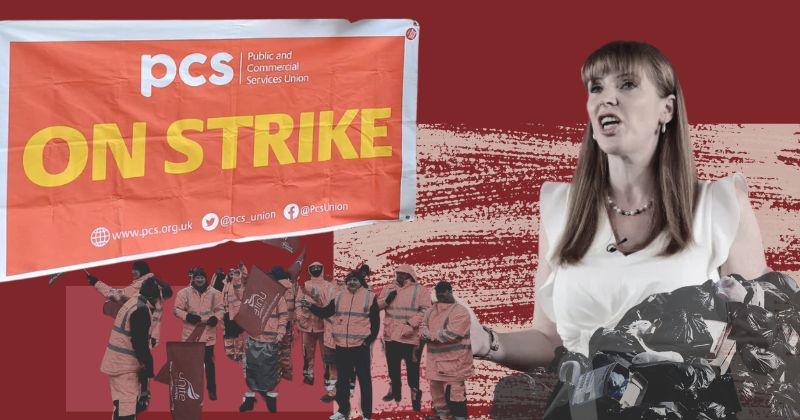The Great Unrest: Organising the Rank and File 1910-1914
In this timely commemorative article, Dave Stockton looks at the lessons from the great working class struggles before World War One. Part two will follow next month.
 We have just marked the 100th anniversary of the miners’ strike of February-April 1912. This was the first national strike by a section of workers who in the century ahead were to prove to be “the guards regiment” of the British labour movement.
We have just marked the 100th anniversary of the miners’ strike of February-April 1912. This was the first national strike by a section of workers who in the century ahead were to prove to be “the guards regiment” of the British labour movement.
The strike was at the centre of a period that has gone down in history as the Great Unrest. This period between 1910 and 1914 is one rich in lessons, yet is neglected compared to the struggles of the 1920s or the 1970s and 1980s. It was a period when an initially quite small nucleus of grassroots militants, plus a handful of courageous leaders, changed the face of British trade unionism, giving it a class struggle and anticapitalist character. This is the first of a two-part series looking at these remarkable years and their lessons for today.
The decade or so before the WWI was a period pregnant with revolutionary change. In the 1890s capitalism had emerged from a difficult period of economic stagnation, which began in the 1870s. From 1896 to 1907-08 it witnessed a feverish period of expansion based on the opening up of the Far East, particularly China, as well as Africa and South America. New dynamic capitalist powers – Germany, Japan, the US – were challenging the older colonial powers, Britain and France. Both Radical Liberals and Marxists of the early 20th century called this phenomenon imperialism.
After the outbreak of WWI, they came to see it as a whole new epoch distinct from the epoch of free trade capitalism, which had characterised most of the 19th century. The formation of huge firms and banks by amalgamations and takeovers was underway. Employers formed cartels – blocks both against one another and to hold down the wages of their workers. Trade unions – often small and craft based – came under pressure from new, aggressive employers’ associations.
Nor was this development simply an economic phenomenon. In Africa and China the major powers, now joined by the US, Germany and Japan, began to seize hold of ports and territories, both to exploit their raw materials and potential markets to invest capital in railways and infrastructure, but also to exclude one another from the plunder. To aid this process the newcomers began to build up their armies and navies to protect and expand their interests.
This led to an arms race. International incidents between the powers (Fashoda in 1898, Bosnia 1908, Agadir 1911) were a warning that a war between the great powers was possible, indeed inevitable. At the same time a series of revolutions wracked the more backward countries: Russia, Mexico, China, and Iran. In the developed capitalist countries – France, US, Italy, Britain – the tempo and scale of class struggle, focusing on the unions, became a pronounced phenomenon. Many commentators considered that in the decade before WWI it was a race between world war or world revolution: which would break out first?
In Britain the years 1910-14 saw the first truly national strikes in a number of vital industries: in 1911 the Liverpool General Transport Strike, a national rail strike, a wave of engineering workers strikes, plus nearly 12 South Wales Cambrian coal strikes. The peak was the national miners strike of February-April 1912 and the Dublin Lockout of 1913.
Ernest Bevin, leader of the Transport and General Workers Union, said in 1920: “It was a period which, if the war had not broken out, would have, I believe, seen one of the greatest industrial revolts the world ever had seen.”
David Lloyd George, Chancellor of the Exchequer and Home Secretary in the Liberal Government and a shrewd observer of the labour movement, in his memoirs also recalled thee situation in Britain before August 1914.
“In the summer of 1914 there was every sign that the autumn would witness a series of industrial disturbances without precedent. Trouble was threatening in the railways, mining, engineering, and building industries, disagreements were active not only between employers and employed, but in the internal organisation of the workers. A strong ‘rank and file’ movement, keenly critical of the policies and methods of the official leaders of trade unionism had sprung up and was gaining steadily in strength. Such was the state of the home front when the nation was plunged into war.”
The scale of the unrest
Between 1900 and 1909 the annual number of days lost to strikes was 2.5 to 3 million. Between 1910 and 1914 the average were over 10 million days lost per annum – and in 1912 the figure rose to 41 million.
The 1912 miners strike was the crest of a wave of strikes that rose in the previous two years: a nine-months miners strike in South Wales in 1910-11, which saw riots in Tonypandy and Llanelli and soldiers with machine guns garrisoned in the pitheads; then a national rail workers strike which saw two battleships in the Mersey. These struggles led to massive increases in union membership.
In 1905 the total number of unionists in Britain was around 2 million. Between 1910 and 1914 a further 1.5 million joined the ranks of organised labour. The rail workers union grew from 60,000 in 1900 to 116,000 in 1912. Between 1903 and 1913 the transport unions increased their membership by more than half a million, textile unions doubled and the engineering workers grew by 60 per cent. In the same timeframe, the miners increased their numbers by 400,000 to over a million members. These years saw the creation and consolidation of national union federations and, just before the WWI, the formation of a Triple Alliance of miners, railworkers and transport workers, pledged to come to one another’s aid if any section were attacked.
This increase was not a result of peaceful organising and strike-free collective bargaining, nor was this growth the work of the old generation of union officials. It took place under the impulse of a new generation of young union activists, many of whom called themselves syndicalists or industrial unionists. This period saw the birth of the first organised grassroots movement in the unions. It stood for increased democracy, against bureaucracy, and for militant revolutionary class struggle. As a result these years saw the spread of a mass anticapitalist consciousness that had not been seen since the days of the Chartists.
Revolutionaries around the world registered these developments. In an article titled The British Labour Movement in 1912, Lenin wrote in the Bolshevik daily, Pravda: “The miners’ strike was the outstanding event of the past year. While the railway strike in 1911 showed the ‘new spirit’ of the British workers, the miners’ strike definitely marked an epoch.”
He went on to say: “..those who are familiar with the British labour movement say that since the miners’ strike the British proletariat is no longer the same. The workers have learned to fight. They have come to see the path that will lead them to victory. They have become aware of their strength… In Britain a change has taken place in the balance of social forces, a change that cannot be expressed in figures but is felt by all.”
Bob Holton, author of British Syndicalism 1900-1914 (1976), describes the conditions that gave rise to the uprising and the role of the syndicalists within it: “British syndicalism emerged in the years after 1900 in response to a set of urgent economic and political problems facing the working class. These included falling real wages, the increasing concentration of capitalist industrial power, the skill displacing consequences of industrial change and the incorporation of labour leaders within collective bargaining systems and parliamentary politics.”
Syndicalism: its strengths and weaknesses
Syndicalism is simply the word for trade unionism in French and Spanish. In France and Spain the trade movement came to be dominated by advocates of using the unions, not simply to fight for improvements in workers’ wages, conditions and civil rights, but for the overthrow of capitalism itself by workers direct action (strikes, sabotage of production), centring on the use of the general strike to effect a revolution. Then the French and Spanish syndicalists envisaged the running of industry, at workplace level by workers’ control, and nationally by industrial unions or federations. Thus syndicalism as a term was adopted to mean a revolutionary anticapitalist trade union theory and practice.
In France, the key organisational unit was the bourse du travail (labour or employment exchange). These fulfilled the functions that in Britain were carried out by trades councils and Australia and the US by labour halls or temples, i.e. coordinating solidarity between the different sectors. Overcoming sectionalism and organising the unemployed or precariously employed was a central theme of syndicalism, as opposed to the craft unions that ignored or excluded the great mass of unskilled workers.
The Confédération Générale du Travail (CGT) was formed in 1895, and saw itself as a national organisation that would encourage self-education, mutual aid and organise communication between local workers’ syndicates. Strongly influenced by anarchism, with its refusal to engage in any sort of struggle for political power but standing for the abolition of the state as the immediate task of the social revolution, it adopted its key document, the Charte d’Amiens, in 1906. This rejected parliamentarism and political action in favour of direct action by unions, which it regarded as the only form of revolutionary class struggle.
The Charter defined two aims for the unions: the defence of immediate and daily demands; and the struggle for a global transformation of society in complete independence from political parties and from the state. Immediate goals included reducing the working day to eight hours and increasing wages. But it always linked these to preparing the way for the “expropriation of the capitalists” through the means of a general strike.
The Charter asserted the complete freedom for its members to choose membership of any party they wished, but in exchange demanded that union members should not introduce into the union political opinions they professed outside.
The strengths of this approach was that it spread a strong anticapitalist consciousness among the workers, warned against and combatted the pro-capitalist ideas of the craft union leaders and their bureaucratic centralised control of the unions. Likewise they warned against the parliamentary parties compromises and deception of their working class voters.
The problem was that it left the field of electoral politics to the reformists and opportunists within the workers’ movement, or to outright bourgeoisie parties. Moreover its programme for overthrowing capitalism was very weak. The belief that a strike alone – even a mass withdrawal of labour – could bring about the surrender of the capitalist class, the abandonment of its property and state power, was simply an illusion. Indeed the capitalist state, its courts, police and army, would inevitably intervene to break up any general strike. Then the workers would have to fight the state forces – something that could not be improvised at the last minute or done spontaneously.
Many syndicalists did realise that it would be necessary to win over the soldiers, but what they did not recognise clearly was that the workers must prepare an armed uprising or insurrection against the state power of the bosses. And the type of organisation needed for this was not primarily a trade union, although unions could play a vital auxiliary role if they were under the right leadership.
The syndicalists failed to observe that the Russian workers in 1905 had created such organisations – workers councils or soviets – that led general strikes bigger than those launched by any trade unions, and in Moscow in December had even launched an armed uprising. But above all, the militant minority were organised in a revolutionary party, radically different to the vote-catching machines of the western socialist parties; this was precisely the type of party Lenin and his comrades were building in these years.
Syndicalism in Britain
Although there were groups of syndicalists in Britain before 1910, notably young militant workers and intellectuals such as EJB Allen and Guy Bowman, syndicalism achieved mass influence after the return of a heroic figure of the British union and socialist movement, Tom Mann.
Mann was a founder of the Eight Hour League movements, of the ‘New Unionism’ of the 1888-92 period (the match girls’ strike, the gas workers’ strike, the dockers’ strike) and a founder member of the Independent Labour Party (ILP). He had emigrated to New Zealand, Australia and South Africa for over eight years, also visiting the US and working with the Industrial Workers of the World (IWW), also known as the Wobblies.
In May 1910 Bowman met Mann on the dockside at the end of his voyage back home. Mann’s first words were: “Let’s go and meet the men of direct action!”, by which he meant the French syndicalists.
Bowman could speak fluent French and within the month they were in Paris discussing with the leaders of the CGT, as well as addressing mass meetings. There they met among others Alfred Rosmer, the future antiwar activist and friend of Leon Trotsky, then editor with Pierre Monatte of the syndicalist paper La Vie Ouvriere (Workers Life.)
Mann returned to Britain a convinced syndicalist. He launched a monthly newspaper The Industrial Syndicalist in July 1910, which was soon recording sales of 20,000 per issue. Mann and Bowman went on to establish contacts with existing British syndicalists and the Irish activist James Larkin. Together they founded the Industrial Syndicalist Education League (ISEL) at a conference in November 1910 in Manchester, of some 200 delegates claiming to represent some 60,000 workers.
The very first issue of the Industrial Syndicalist carried a programmatic pamphlet by Mann entitled “Prepare for Action”. It was internationalist in perspective from is first words, describing a “great world movement” coming into being, which was “aiming definitely and decisively at the economic emancipation of the workers”. He described the formation of the IWW and the CGT.
Mann outlined the IWW’s conception of “the organisation of all the workers on the basis of working class solidarity, irrespective of occupation” – what came to be expressed in the famous IWW slogan One Big Union. Mann’s views, despite his close personal links with IWW leader William (Big Bill) Hayward, were closer to those known as ‘industrial unionism’, the project of forming a union in every industry, overcoming craft and sectional divisions.
“There are 700,000 unionists in France and a large majority are covered by the CGT. They possess the fighting instinct. They are genuinely revolutionary. They too seek to secure better conditions en route, always giving attention to the reduction of working hours. And they are bent on an international propaganda for the overthrow of the capitalist system… They favour resorting, when advisable, to the general strike… they are for the most part anti-patriotic and anti-militarist, e.g. they declare the workers have no country and are not prepared to fight for the interests of a bureaucracy but most distinctly are prepared to fight for the overthrow of capitalism in France and elsewhere.”
Mann was not dogmatic about rejecting all political action. He joined the Social Democratic Party (SDP), the main British Marxist organisation, in 1910 but left because its leader HM Hyndman had an extremely negative attitude, not only to syndicalism, but also to strikes. Thus in 1912, in the midst of the biggest strike wave in working class history, all that Hyndman had to say was: “Can anything be imagined more foolish, more harmful, more in the widest sense of the word unsocial than a strike? I have never yet advocated a strike. I have never known a successful strike.”
Mann was not opposed to standing candidates in elections, but he believed that parliamentary action was at best weak and at worst harmful without a primary building up of the strength of workers in the workplace, by militant strikes and mass organising. Although the Labour Representation Committee (founded in 1901 and renamed the Labour Party in 1906) had won more than 40 seats by this time, nearly all were unopposed by the Liberals and for a good reason.
Behind the scenes Labour leaders Kier Hardy and Ramsay Macdonald had struck a secret deal to support the Liberals on nearly all issues and not to bring forward specifically socialist measures. In return they got a Trade Union Act, which restored unions’ rights to organise without the threat of being sued, something that had been imposed by the Taff Vale judgement of 1901.
Their tameness in parliament had disillusioned many of their followers. On the other hand the SDP, because of Britain’s anti-democratic electoral system, was never able to win a seat. Contrary to the widespread belief that Britain has been a democracy for centuries, in 1912 all women and 40 per cent of men over 21 still did not have the right to vote. The mistake of Mann and the syndicalists was to underestimate the potential that the slogan of universal, equal and direct suffrage would have, especially if linked to direct action.
Mann did take up propaganda for the tactic of the general strike, which was also taken up by revolutionary Marxists like Rosa Luxemburg, Trotsky and Lenin, believing that it could prove the critical weapon for taking power from the capitalist class. He also argued that the existence of socialist MPs could be useful providing they were open and bold in their socialist programme. He supported the young left-wing member of the Independent Labour Party, Victor Grayson, elected for Colne Valley in 1907 on an uncompromising revolutionary socialist platform.
But like all syndicalists, and indeed most revolutionary Marxists before 1917, Mann had no clear idea about how the political and the industrial struggles would come together in a revolution. It required the historic experience of the Russian Revolution, with its workers’ and soldiers’ delegate councils (soviets) uniting with a political party, which was not primarily parliamentary in its strategy and organisation, but insurrectionist. It was the success of Bolshevism in applying this strategy to win power that drew syndicalists like Mann to the newly founded Communist International.
It was in South Wales and among the miners that the new revolutionary trade unionism was to strike its deepest roots and build up a movement of rank and file miners that would transform the union. In the second part of this article we will look at miners’ programmatic pamphlet ‘The Miners’ Next Step’ and their leading role in the great strikes of 1910, 1911 and 1912.






